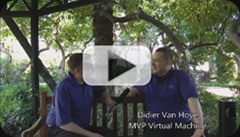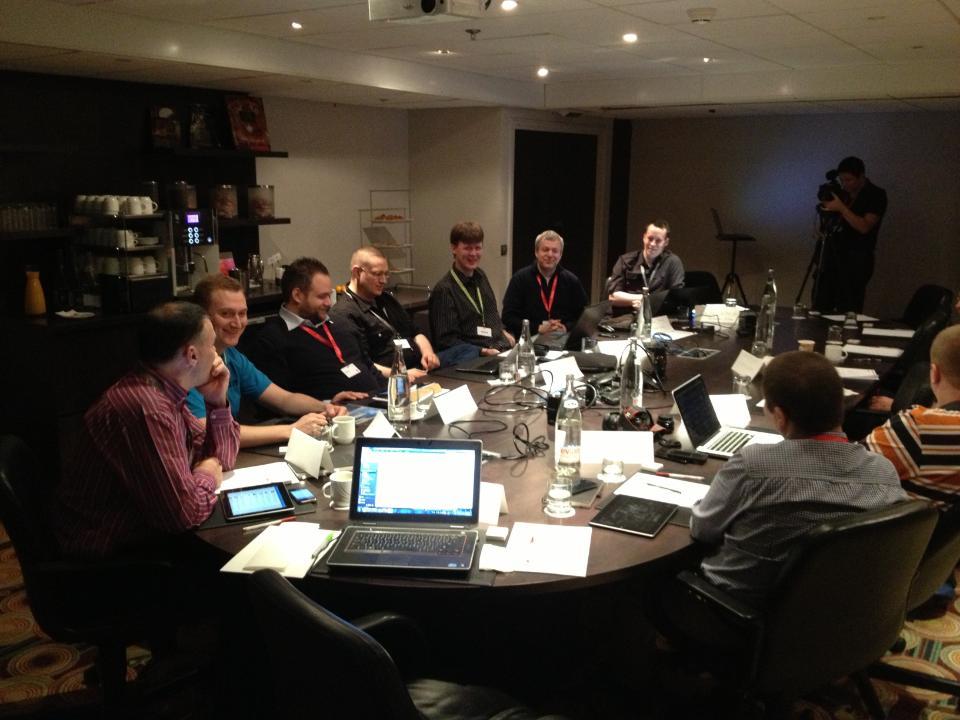As you read this I’m preparing to get on my way to the DELL Tech Summit in Lisbon, Portugal for a few days. I’ll be discussing the needs we have from them as customers (and their competition actually for that matter) when it comes to hardware in the Microsoft landscape in the era of Windows Server 2012.

I’m very happy and eager to tell them what, in my humble opinion, they are doing wrong and what they are doing right and even what they are not doing at all  I believe in giving feedback and interaction with vendors. Not that I have any illusion of self importance as to the impact of my voice on the grand scheme of things but if I don’t speak up nothing changes either. As Intel and Microsoft are there as well, this makes for a good selection of the partners involved. So here I go:
I believe in giving feedback and interaction with vendors. Not that I have any illusion of self importance as to the impact of my voice on the grand scheme of things but if I don’t speak up nothing changes either. As Intel and Microsoft are there as well, this makes for a good selection of the partners involved. So here I go:
- More information on storage features, specifications and roadmaps
- Faster information on storage features, specifications and roadmaps
- Some of these are in regards to Windows Server 2012 & System Center 2012 (Storage Pools & Spaces, SMI-S, ODX, UNMAP, RDMA/SMB3.0 …) and some are more generic like easier & better SAN/Cluster failovers capabilities, ease of use, number of SCSI 3 persistent reservations, etc.
- How to address the IOPS lag in the technology evolution. Their views versus my ideas on how to tackle them until we get better solutions.
- Plans, if any, for Cluster In a Box (CiB) building blocks for Windows Server 2012 Private Cloud solutions.
- When does convergence make sense and when not cost/benefit wise (and at what level). I’d like a bit more insight into what DELLs vision is and how they’ll execute that. What will new storage options mean to that converged network, i.e. SMB 3.0, Multichannel & RDMA capable NICs. Now convergence always seems tied to one tech/protocol (VOIP in the past, FCoE at the moment) and it shouldn’t, plenty of other needs for loads of bandwidth (Live migration, Storage Live Migration, Shared Nothing Live Migration, CSV redirected mode, …).
Now while it’s important to listen to you customers, this is not easy if you want to do it right, far from it. For one we’re all over the place as a group. This is always the case unless you cater to a specialized niche market. But DELL serves both consumers and enterprises form 1 person shops to fortune 500 companies in all fields of human endeavor. That makes for nice cocktail of views and opinions I suspect.
Even more importantly than listening is processing what you hear from your customers. Do you ignore, react, or take it away as more or less valuable information. Information on which to act or not, to use in decision making, and perhaps even in executing those decisions. And let’s face it without execution decisions are pretty academic exercises. In the end management is in control and for all the feedback, advise, research that gathered and done, they are at the steering wheel and they are responsible for the results.
One thing that I do know from my fellow MVPs and the community is that for the past 12 months any vendor who would address those questions with a good plan and communications would be a top favorite while selecting hardware at many customers for a lot of projects.
![]() . So enjoy, we certainly did.
. So enjoy, we certainly did.







